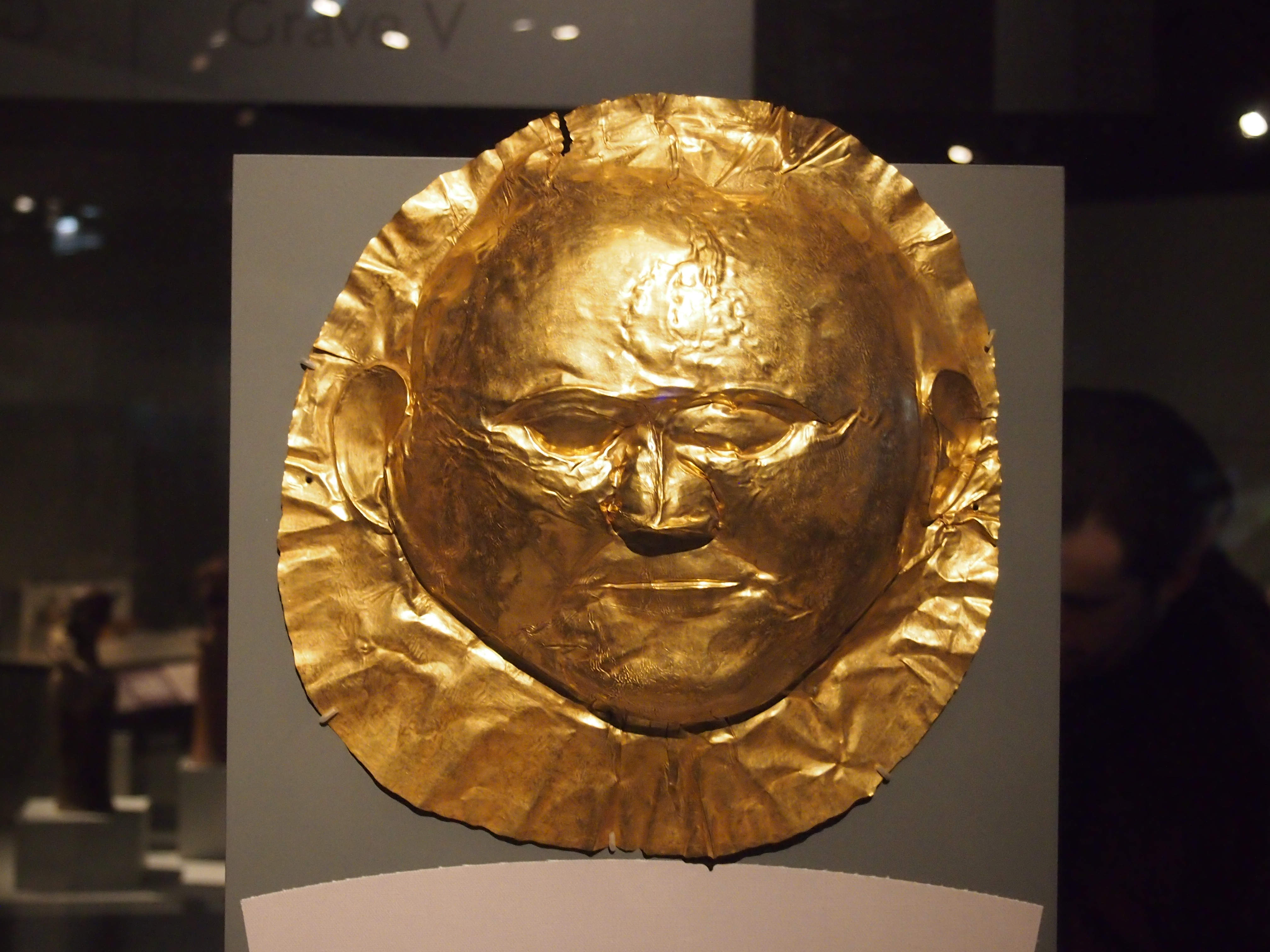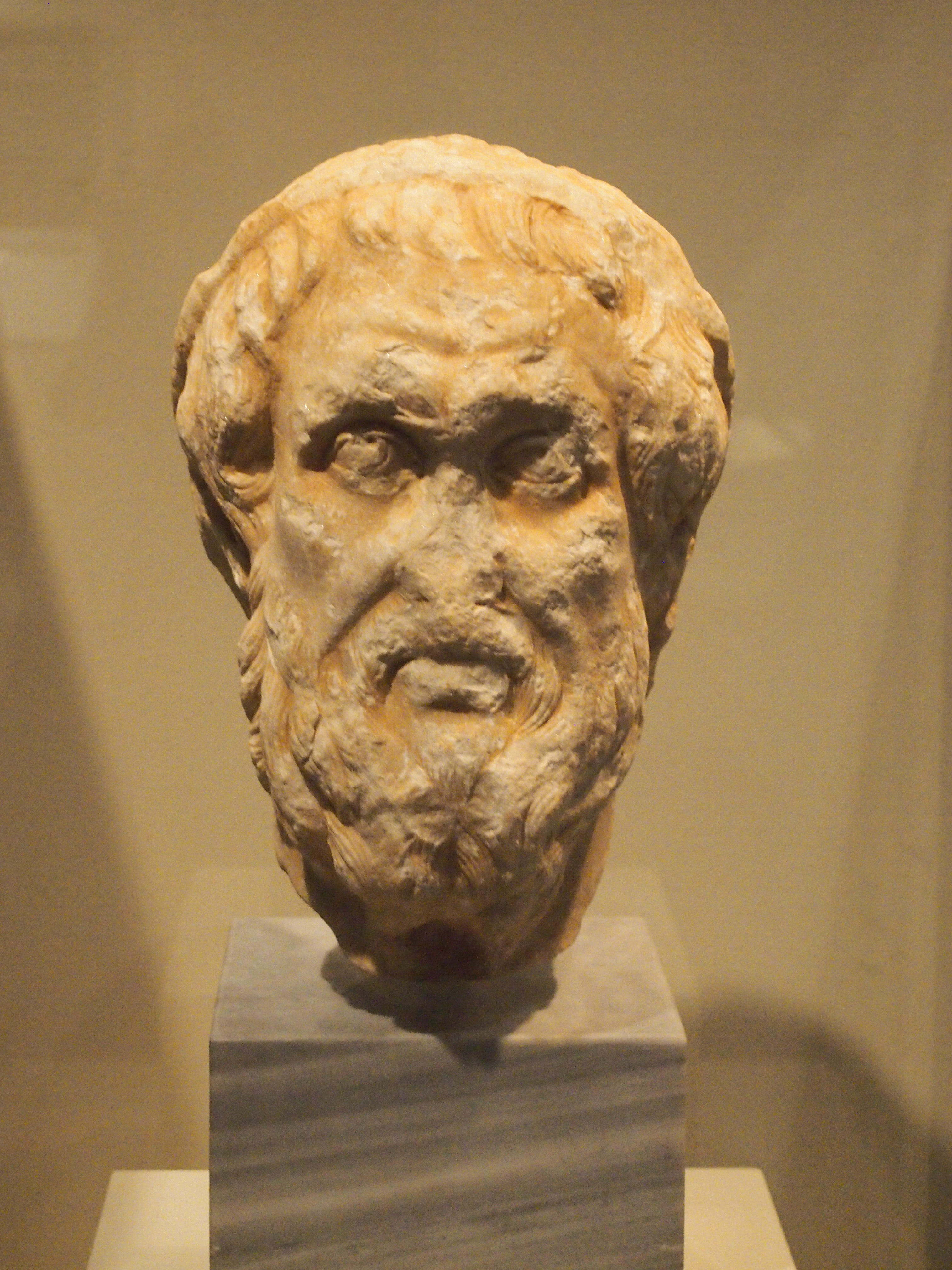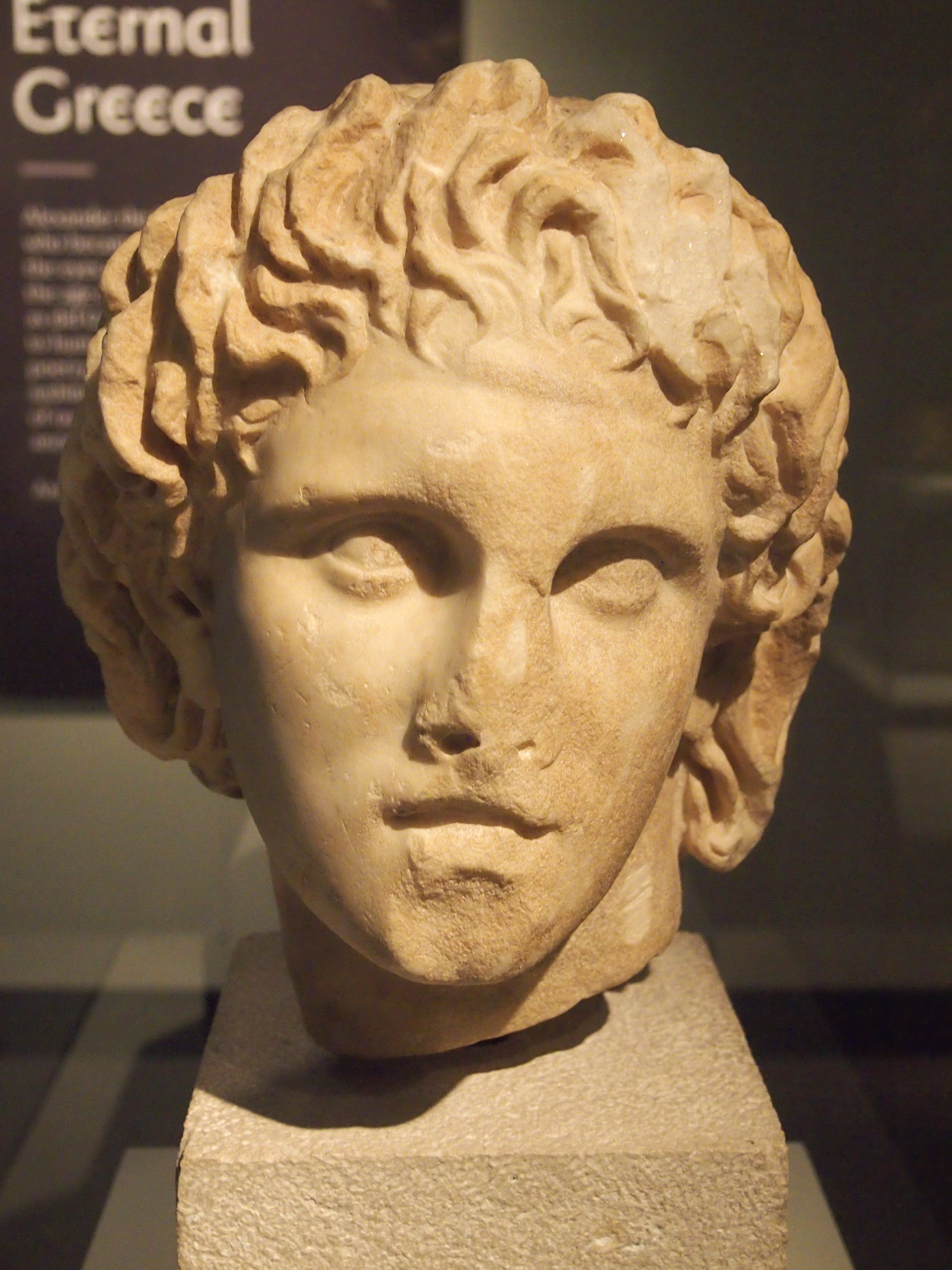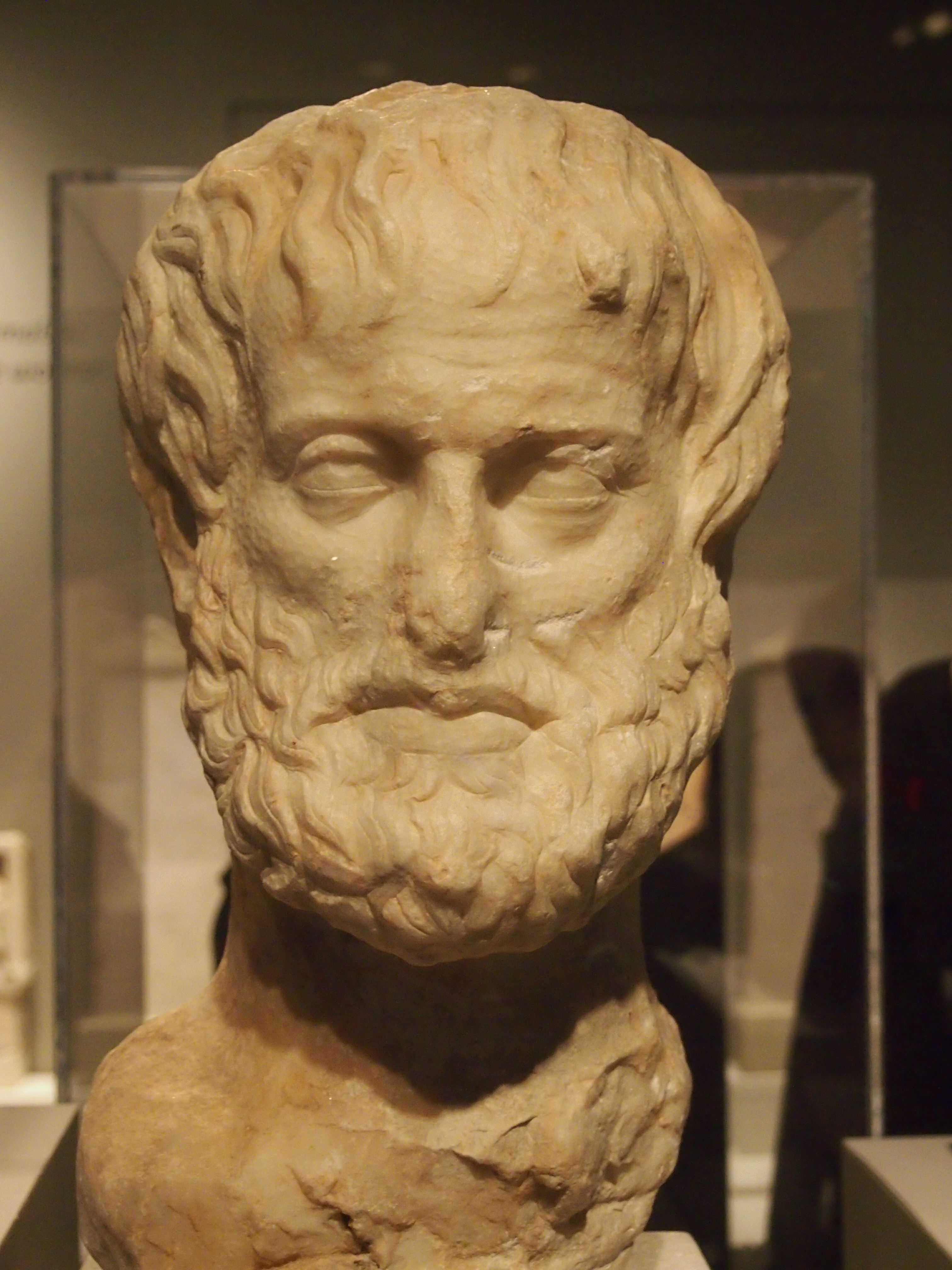I’m not sure if it counts as a megashow, but the touring exhibit called The Greeks: From Agamemnon to Alexander the Great now at the Field Museum seems like a fairly big deal among museum shows. For one thing, it’s sizable enough, featuring a large assortment of sculpture, tools, vessels, jewelry, weapons, helmets, and more.
“Presented in chronological order, the exhibition begins with the Neolithic Period, around 6000 BC, and continues until the death of Alexander the Great in 323 BC, marking the end of the Classical period,” the Field Museum says. “Highlights of the exhibition include artifacts from the tombs of the first rulers of Mycenae… a burial that depicts the ritual of burial and sacrifice in a funeral pyre described by Homer in the Iliad, a replicated Illyrian warrior helmet that visitors may try on, grave goods from the tomb of Philip II, and inscribed pieces of pottery (ostraka) that were used to ostracize even the most powerful leaders of Classical Greek society.”
But the show’s main distinction is that its artifacts come from no fewer than 20 Greek museums, and some of them haven’t ever been exhibited outside of Greece. Such as this fellow.
 Because my misspent youth didn’t include a visit to Greece, I’d never seen this object in person, though I’ve seen the image reproduced enough to be familiar with it. At once I thought Agamemnon. I wasn’t the first person to think of that, of course.
Because my misspent youth didn’t include a visit to Greece, I’d never seen this object in person, though I’ve seen the image reproduced enough to be familiar with it. At once I thought Agamemnon. I wasn’t the first person to think of that, of course.
“Displayed here for the first time outside of Greece, this is the gold mask that Schliemann first associated with Agamemnon,” the sign near the artifact said. “It was placed over the face of a person who died in his or her thirties. Although the deceased was certainly not Agamemnon — assuming that Agamemnon ever existed — he or she could have been one of his ancestors and was undoubtedly a powerful Mycenaean ruler. Mycenae, Circle A, Grave V, second half of the 16th century BCE. National Archaeological Museum, Athens.”
Google “mask of Agememnon” or the like, and you’re get this image, not the mask above. That’s because Schliemann later dug up another mask — the one Google pulls up — that he more famously associated with Agamemnon. The second mask wasn’t part of the exhibition, but there was an artful 19th-century replica of it on display.
Other familiar faces populated the exhibit. That is, sculptures I’d seen reproduced in books or elsewhere. Such as Homer (a Roman copy of a Greek work, exact time of creation unknown).
 Then there’s this unnamed lad with an Archaic smile. In fact, he seems pretty happy, considering that part of his penis is missing.
Then there’s this unnamed lad with an Archaic smile. In fact, he seems pretty happy, considering that part of his penis is missing.
 Here’s Aristotle (another Roman copy). I’m pretty sure this very image was depicted on a collection of his works that I have somewhere.
Here’s Aristotle (another Roman copy). I’m pretty sure this very image was depicted on a collection of his works that I have somewhere.
 The bust is a Greek original, created in Pella. Am I the only one who thinks Jim Morrison resembles this Alexander? Anyway, the busts of Homer and Aristotle are from the National Archaeological Museum, while the famed face of Alexander is usually found at the Archaeological Museum of Pella (open only since 2009).
The bust is a Greek original, created in Pella. Am I the only one who thinks Jim Morrison resembles this Alexander? Anyway, the busts of Homer and Aristotle are from the National Archaeological Museum, while the famed face of Alexander is usually found at the Archaeological Museum of Pella (open only since 2009).
The exhibit will be in Chicago until April, and then go to the National Geographic Society Museum in DC for its last stop. Previously, it traveled to Ottawa and Montreal. The Greeks pointedly decided not to send the trove to anywhere in the UK, such as the British Museum or even the Victoria and Alberta. Still some bad feelings over the Elgin Marbles, it seems.
